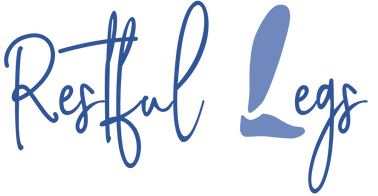

Thermal Stimulation
While there is a lot less research support for heating and cooling treatments, thermal treatments are recommended by many healthcare organizations like the National Sleep Foundation and Restless Legs Syndrome Foundation. Keep in mind thermal therapies (both hot and cold) affect all patients differently. Some people report heightened symptoms with heat, others report aggregated symptoms with cold, while many find relief with one or both. For suggested thermal treatment options scroll to the bottom of the page.
WARNING: Because patients with RLS often have unusual sensory reactions, it is extremely important that you are careful with heat-based therapies. While many patients may not feel that something is too hot or too cold, the dangers of contact with extreme temperatures are still present. In other words, if you have RLS, you may think something is warm when it is hot enough to cause burns so please be careful when applying thermal treatments.
Heating
There are a couple of reasons applying heat may relieve symptoms. First off, heat can stimulate your sensory receptors and block the transmission of pain/discomfort signals to the brain. Secondly, similar to tactile stimulation, heat increases blood flow to the area of discomfort which is suggested to relieve the RLS symptoms. Regardless of the mechanism, many RLS patients have reported symptom relief through heat therapies.
Cooling
The exact reason that cooling relieves RLS symptoms in many patients is not known. It is likely through temporary reduction of nerve activity that patients find relief. That being said, keep in mind cooling does reduce local blood flow, which may be why some patients report heightened symptoms with cold treatments.







